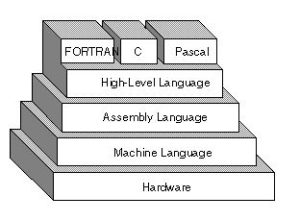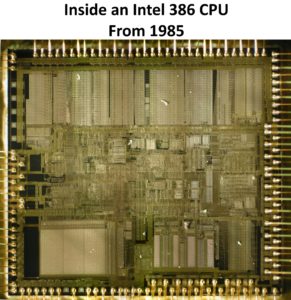


 Today Bloomberg reported that Apple and Amazon were (are?) using servers with an extra chip that hacks their data at the hardware level making it virtually impossible to detect. From a technical perspective we wanted to know how this could happen, and so here is the explanation.
Today Bloomberg reported that Apple and Amazon were (are?) using servers with an extra chip that hacks their data at the hardware level making it virtually impossible to detect. From a technical perspective we wanted to know how this could happen, and so here is the explanation.
A secretive part of the Chinese military infiltrated a chip manufacture and embedded code right in the “Baseboard Management Controller” (BMC). The BMC is used to have direct access to many parts of a motherboard so that it can monitor and report on what is happening. The obvious question is, how is it possible that the legitimate chip designer of the BMC in question did not notice this addon code during their normal quality assurance testing routines. The answer will likely surprise you.



 It turns out that the design for a single computer chips is really an amalgam of existing designs. Much like modern software, nearly all code is assembled and glued together by a developer but not written by the developer. Many software dev’s will argue this point because we have been using “high level languages” for so long now, the developers feel like they are writing code rather than dragging and dropping existing modules and routines without much thought. The same holds true for hardware developers.
It turns out that the design for a single computer chips is really an amalgam of existing designs. Much like modern software, nearly all code is assembled and glued together by a developer but not written by the developer. Many software dev’s will argue this point because we have been using “high level languages” for so long now, the developers feel like they are writing code rather than dragging and dropping existing modules and routines without much thought. The same holds true for hardware developers.



 Even a single chip is usually made up of many chunks of existing designs that chip developers take for granted. While that may sound like a criticism, it is not. It is virtually impossible for a human to develop and understand all of the instructions that are in a single chip. Our industry has been developing, innovating and refining the various modules inside computer chips for 50 years.
Even a single chip is usually made up of many chunks of existing designs that chip developers take for granted. While that may sound like a criticism, it is not. It is virtually impossible for a human to develop and understand all of the instructions that are in a single chip. Our industry has been developing, innovating and refining the various modules inside computer chips for 50 years.
The image to the right is the inside just one layer of an Intel 386 CPU from 1985. If you click on it and expand it you will see how easy it would be to sneak in a small change to a modern chip.
You can watch the video below or read the Bloomberg article for more details.








